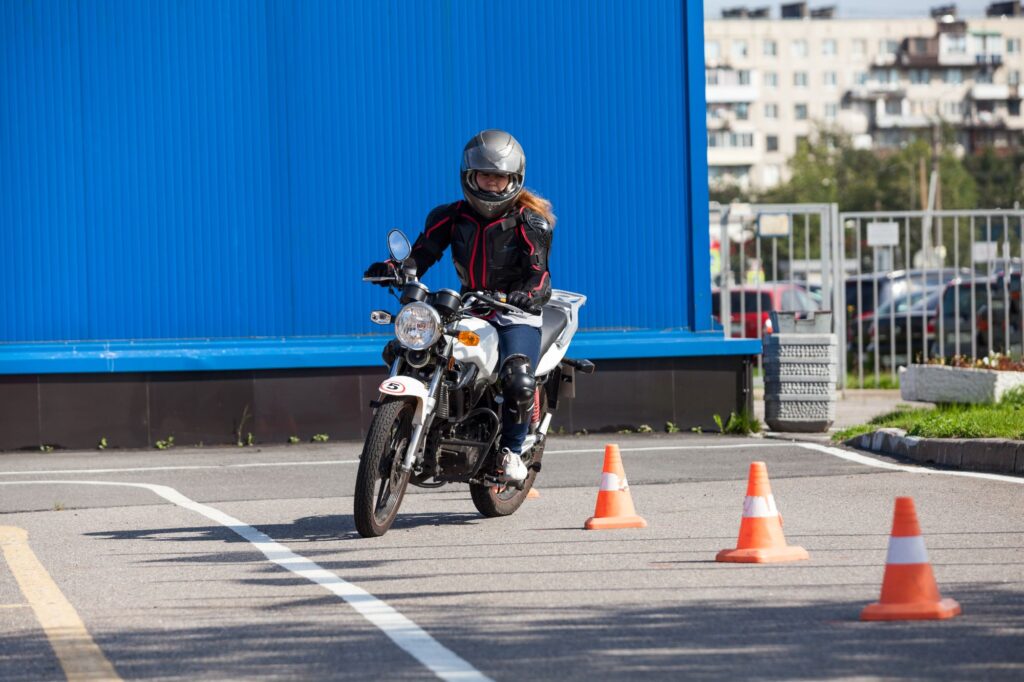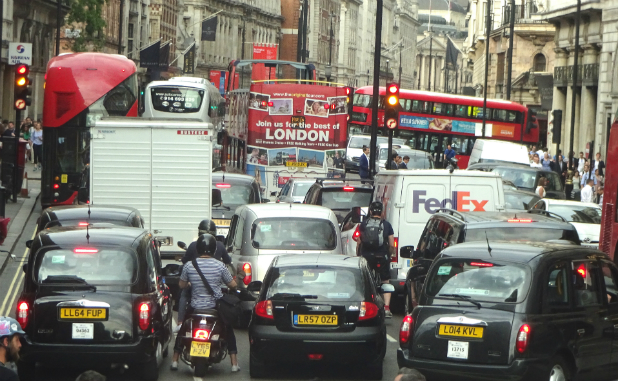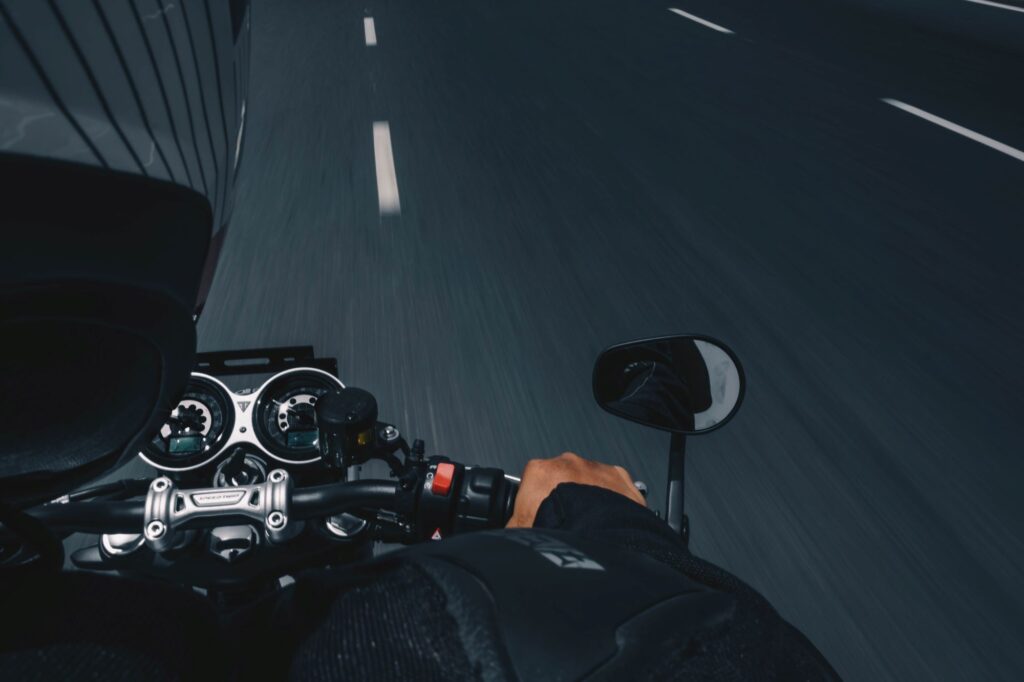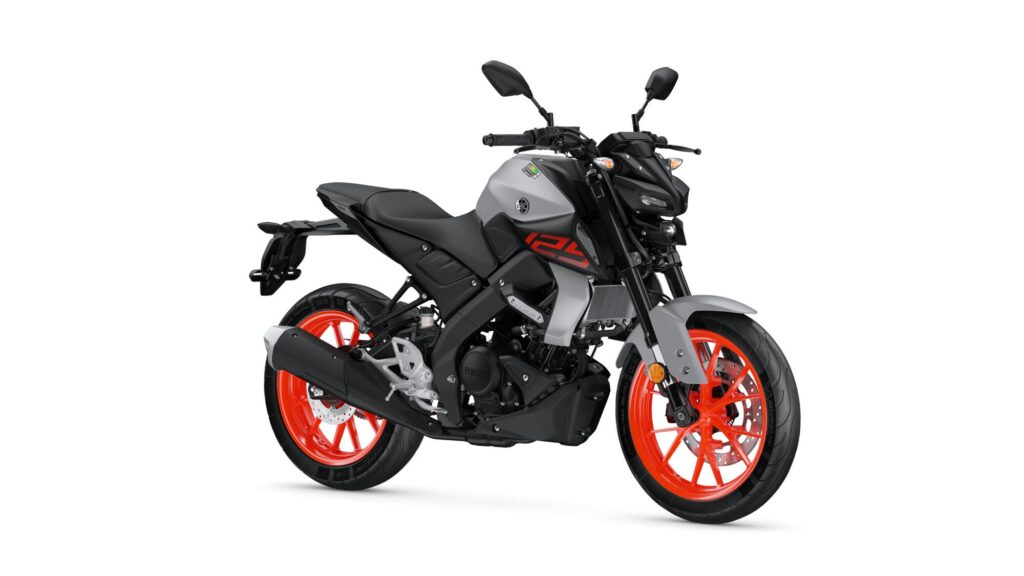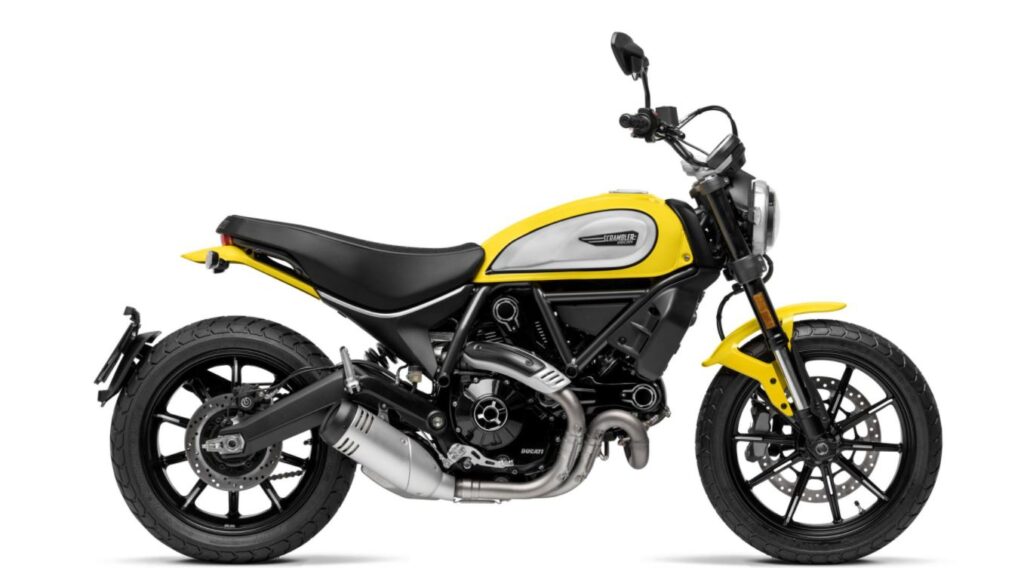
Whether you want to personalise your number plate or are hoping to invest in a new bike, it’s important to know the laws around your motorcycle registration plate. Different size and colour plates on the roads in the UK can cause confusion around what is and isn’t legal. Let’s set the record straight with our ultimate guide to motorcycle number plate laws in the UK.
Why we need number plates
Number plates are used by the police and government to identify your vehicle – from motorcycles to scooters and mopeds. Police can use a vehicle’s registration number if the bike has been stolen or involved in a crime, and the government can use it for tax and registration purposes.
The plate is registered with the vehicle and not its owner – therefore the number will remain associated with the vehicle until it’s broken up, destroyed or permanently exported. The owner of the vehicle can, however, apply to remove the number and place it on another vehicle or a DVLA Retention Document V778. The document allows you to hold private registration of the number plate on the certificate until you are ready to transfer it to another vehicle. You cannot have a retention certificate if your plate is still registered to your vehicle.
What does the law say?
If your bike was registered on or after 1 September 2001, the vehicle’s registration plate must only be displayed on the back. If your bike was registered before the cut-off point, you may display your registration number on the front and back of the vehicle if you wish to do so, but there is no legal obligation to do this.
How should your number plate look?
There are specific requirements for your plate, from size to colour to lettering. Let’s break them down:
The British Standard
The British Standard sets the requirements for the plate’s visibility, strength and reflectivity. To meet the standard, every plate must be permanently and legibly marked with the:
- British Standard number (currently BS AU 145d)
- Name, trademark or other way of identifying the manufacturer or supplier
- Name and postcode of the supplying outlet.
UK number plate size
There is no specific legislation in place that determines the size of your motorcycle number plate. However, it should be noted that all motorcycle plates must be rectangular. But what size is a standard UK motorcycle number plate?
Since 2001, the law states that each letter and number on your number plate must be 64mm tall and 44mm wide. This excludes the letter ‘I’ and the number ‘1’. The character stroke (the thickness of the line) must be 10mm, and the spacing between each character must also be 10mm. The age identifier and the random letters must be 30mm apart, while the vertical space between the age identifier and the random numbers must be 13mm. The space between the margins at the top, bottom and side of the plate must be at least 11mm wide.

It should be noted that the standard number plate size is designed to accommodate the largest amount of space needed. A number plate with ‘I’s and ‘1’s will not need as much space as plates with other numbers and letters, which would each need to be 64mm tall and 44mm wide.
Fitted before 1 September 2001
If your number plate was fitted before 1 September 2001, it must comply to different sizing standards. The character height must be 89mm and the width must be 64mm – excluding ‘I’ and ‘1’ – while the character stroke should be 16mm. The space between the age identifier and the random numbers must be 38mm, and the vertical space between them must be 19mm. The top, bottom and side margins must all be a minimum of 13mm, as well as the space between characters.

Fitted before 1 January 1973
There are different specifications for classic motorcycle number plates – classic or traditional number plates are deemed to be on vehicles made before 1 January 1973. The character height and width (excluding ‘I’ and ‘1’) must be 79mm and 57mm respectively, while stroke must be 14mm.
Motorcycle number plates law states the space between characters and the margins be 11mm, as well as the space between the age identifier and random numbers be 33mm. The vertical space must be 19mm.

Fitted before 1st January 1963
There was less standardisation for number plates fitted before 1963, meaning these plates would often include very few characters. This, in turn, meant that number plates could be smaller as they didn’t need to accommodate as many letters or numbers. For those fitted as vanity or historic plates, the minimum legal size of the plate is potentially further reduced too.
Northern Ireland plates
Another alternative many people opt for is Northern Ireland number plates, which have a slightly different format compared to the rest of the UK as they don’t include the date. This makes them an attractive option for those wanting to disguise the age of their bike. As a result of this difference, Northern Ireland number plates tend to have more character width at the bottom of the plate.
New number plate guidelines
A new number plate standard is currently in the works, though its implementation has been delayed recently as a result of COVID-19 and Brexit. The new rule is referred to as British Standard BS AU 145e and aims to improve automatic number-plate recognition (ANPR) legibility, as well as the durability of the plate itself. Under these new guidelines, it will no longer be permissible to have plates with gradient, two-tone, or 3D effects.
Whilst these are still legal, they will become illegal on new plates once the act is passed in parliament. According to the British Number Plate Manufacturers Association (BNMA), this is due to come into effect either in 2020 or 2021, though it is dependent on when the issue can be raised in parliament.
Lettering
For standard plates (not custom), the current system, which was introduced in September 2001, uses a combination of letters and numbers. The first two characters are letters which refer to the region in which your vehicle was registered. These letters are followed by two numbers, which represent when the plate was issued. Finally, three random letters are assigned.
If your vehicle was registered on or after 1 January 1973, the lettering on your number plate must be spread onto two lines. All number plates use the Charles Wright font.
Number plates for classic motorcycles
Number plates made on or after 1 September 2001 must be yellow with black text. However, if your vehicle was registered before 1 January 1973 or more than 40 years ago (due to the 40-year exemption date that rolls forward on 1 April every year), your plate can be ‘black and white’. This includes either white, silver or grey characters on a black background. For this plate to be legal, though, you must have applied to DVLA and be registered under the ‘historic vehicle’ tax class.
Flags
You can display one of the following flags on your number plate, as long as it doesn’t exceed 50mm wide:
- Union flag
- Cross of St George
- Cross of St Andrew (Saltire)
- Red dragon of Wales.
You can display the following national identifiers, as long as they do not exceed 50mm in width:
- GREAT BRITAIN, Great Britain or GB
- UNITED KINGDOM, United Kingdom or UK
- ENGLAND, England, ENG or Eng
- SCOTLAND, Scotland, SCO or Sco
- CYMRU, Cymru, CYM or Cym
- WALES or Wales.
You may also feature the European symbol and GB national identifier on your plate, which means you will not need a separate GB sticker if travelling in the EU. This may be subject to change following the UK’s departure from the EU.
According to the EC Council Regulation 2411/98, the symbol must:
- Be at least 98mm tall
- Be between 40mm and 50mm wide
- Have a reflective blue background with 12 reflective yellow stars at the top
- Feature the ‘GB’ in reflective white or yellow.
What happens if you break the law?
If your motorcycle’s number plate does not comply with UK laws, you could face a fine of up to £1,000. Additionally, if you take your motorbike in for an MOT, you will not pass.
Can I get a custom plate?
Yes, you can have a custom number plate made. The government specifies that any number plate must be made by a registered number plate supplier (RNPS). You can find your nearest RNPS here. Any number plate that has been created must comply with all the above regulations.
Need insurance for your motorbike?
Bikesure provides cheap, specialist motorcycle insurance for riders. Whether you’re a learner or experienced rider, we’ve got a policy to suit you.
Read more here:

